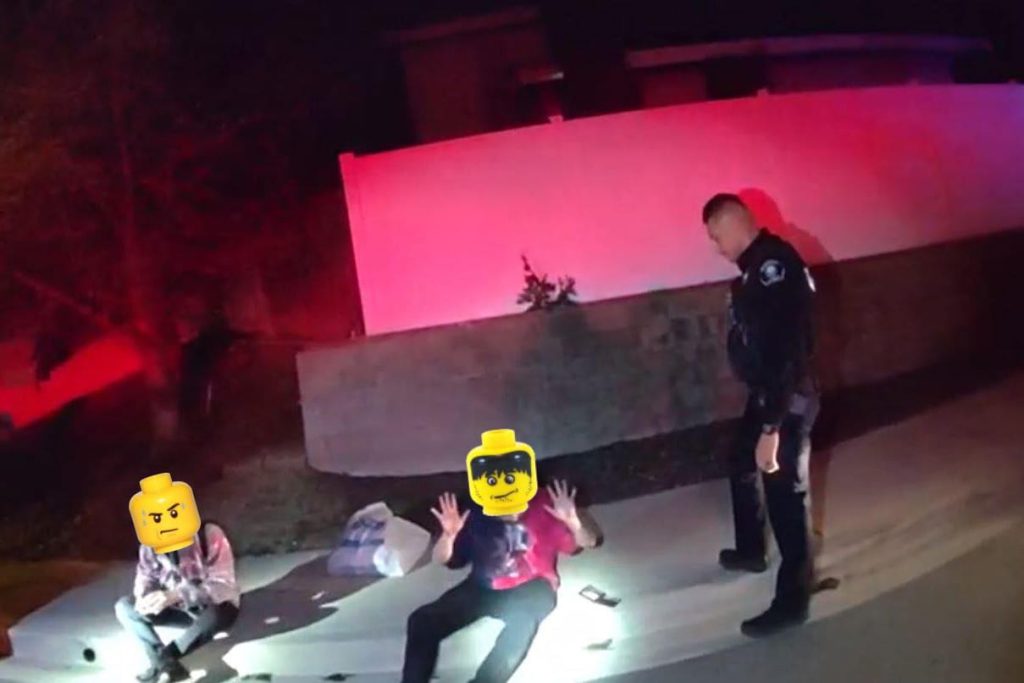In a curious turn of events, the Murrieta Police Department in California has been asked by the Lego Group to discontinue its practice of using toy Lego heads to obscure suspects’ faces in social media posts. This request, made due to concerns about intellectual property rights, has prompted the police department to reconsider its approach to sharing suspect photos. This article explores the implications of this unusual request, delving into the intersection of law enforcement practices, intellectual property rights, and public perception.
The Evolution of Suspect Photo Practices: Over the years, law enforcement agencies have grappled with the challenge of balancing transparency with privacy concerns when sharing suspect photos with the public. In response to legal restrictions on releasing photos of suspects for nonviolent crimes, the Murrieta Police Department adopted the practice of obscuring faces, including the use of Lego heads, to protect the identities of individuals involved in ongoing investigations. However, Lego’s intervention has raised questions about the appropriateness of using trademarked imagery for this purpose.
Intellectual Property Concerns: Lego’s request highlights the complex issue of intellectual property rights in the context of law enforcement practices. While the police department may have viewed the use of Lego heads as a harmless and whimsical way to obscure suspects’ identities, Lego has a legitimate interest in protecting its brand and trademarks. By asking the police department to cease using its intellectual property, Lego is asserting its rights and asserting control over the use of its iconic imagery.
Implications for Law Enforcement: The request from Lego has prompted the Murrieta Police Department to reconsider its approach to sharing suspect photos on social media. While the department’s intention may have been to comply with legal requirements while maintaining transparency, the use of Lego heads has now been called into question. Moving forward, law enforcement agencies may need to adopt alternative methods for obscuring suspects’ faces or find other ways to balance transparency with privacy concerns.
Public Perception and Engagement: The use of Lego heads in suspect photos garnered attention online, sparking discussions about the intersection of law enforcement and popular culture. While some may have found the practice amusing or creative, others may have raised concerns about the appropriateness of using toys in this context. The response from the public highlights the importance of considering public perception and engagement when implementing new practices in law enforcement communications.
The request from Lego to cease using toy heads to obscure suspects’ faces in social media posts serves as a reminder of the complex considerations that law enforcement agencies must navigate in the digital age. As technology and social media continue to shape the way information is shared and consumed, agencies must strike a delicate balance between transparency, privacy, and respect for intellectual property rights. Moving forward, the Murrieta Police Department and others will need to revise their practices to ensure compliance with legal requirements while respecting the rights of individuals and businesses alike.
